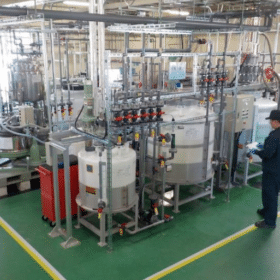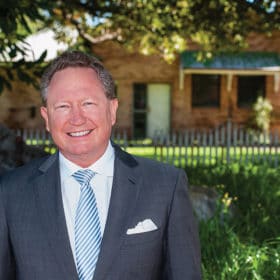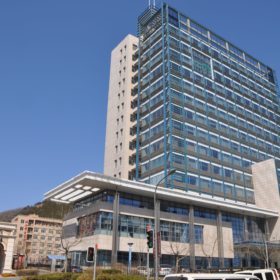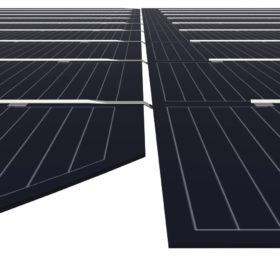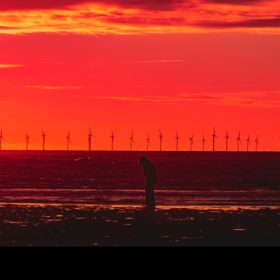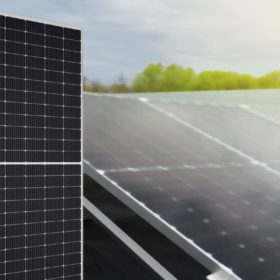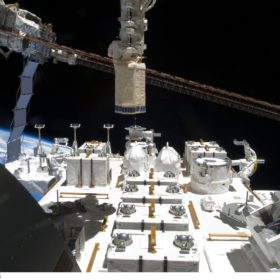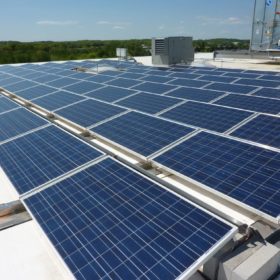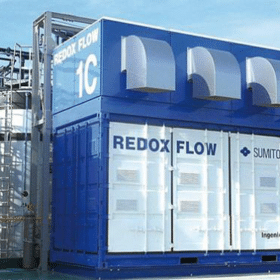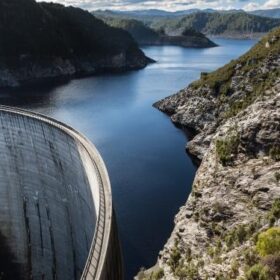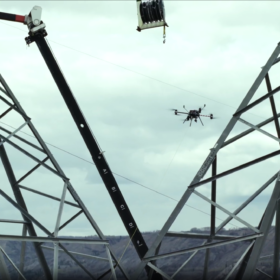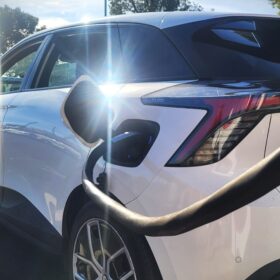West Australian vanadium explorer signs agreement with Japan to scope state’s potential for flow battery electrolyte production
A West Australian vanadium explorer, Technology Metals, has signed an agreement with a prominent Japanese company to explore the possibility of manufacturing vanadium electrolyte in Australia – a key component of the increasingly popular vanadium redox flow batteries.
Fortescue brings forward emissions reduction targets by betting on green hydrogen projects
Iron ore giant Fortescue Metals Group has brought forward its net zero emissions target a decade to 2030 by advancing a raft of green hydrogen and ammonia projects. The mining company believes it’s green energy ambitions will demonstrate how the two “missing links” in the battle against climate change can decarbonise supply chains.
An aluminium battery that can charge in a fraction of a second
Scientists in China and the United States investigated the inner workings of aluminium-ion batteries. With new insights into mechanisms at work within the battery during cycling, the group was able to demonstrate a battery capable of ultrafast charging, with the highest capacity so far reported for an aluminium battery.
Saturday read: Clever by half
Enhanced module appearance and power output can be achieved by a smart cell interconnection technique Longi is employing in its Hi-MO5 module series. But as with all new technologies, there are potential pitfalls.
Adding solar to offshore wind
Scientists in the Netherlands conducted a feasibility study for adding floating solar to a planned 752 MW offshore wind installation in the North Sea. The study finds that the two could realistically share a single connection to an onshore grid, with minimal curtailment as well as technical and economic benefits for both technologies.
Sharp develops 445 W half-cut panels for large scale PV
The new panel is manufactured with M6 wafers. It features a power conversion efficiency of 20.1% and a temperature coefficient of -0.347% per degree Celsius.
Passive solar module cooling based on hydrogels beads and nanofluids
A British-Egyptian research group has tested the use of hydrogels beads for PV module cooling. The micro-sized particles were saturated with aluminium oxide (Al2O3) water-based nanofluids and placed below the simulated PV panels. The experiment showed, according to the scientists, that the hydrogels beads were able to significantly reduce the temperature by between 17.9 and 16.3 degrees Celsius.
Solid-state batteries in space
Japanese scientists are about to launch solid-state batteries into space.
Hybrid operational strategy to use lithium-ion storage in commercial PV arrays
Lithium-ion batteries can not only improve self-consumption in commercial PV systems but are also able to efficiently perform peak shaving and price arbitrage, according to an international research group which has proposed a new strategy to calculate the best system configuration in terms of costs and revenue. The scientists specified, however, that the novel strategy may become effective only if storage system prices will drop under $250/kWh.
World-leading vanadium project awarded Major Project Status by Federal Government, progressing redox flow battery industry in NT
Australian mining technology company TNG Limited has had its flagship Mount Peake Project, which includes production plans for vanadium redox flow batteries and green hydrogen, recognised as nationally signifiant.
